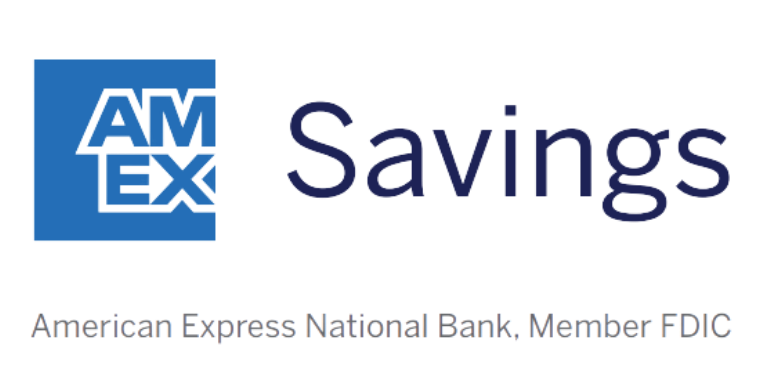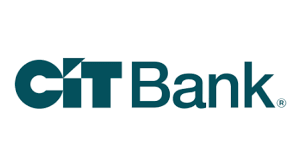It’s a big misconception that the Federal Reserve is in charge of setting consumer interest rates. The Fed doesn’t dictate what rate your mortgage lender offers you, or what rate your credit card company charges on your balance.
Rather, the Fed oversees the federal funds rate, which is what banks charge each other for overnight borrowing. But when the Fed’s benchmark interest rate rises, consumer interest rates tend to follow suit. And when the Fed cuts its benchmark interest rate, consumer interest rates tend to drop.
Meanwhile, the Fed is expected to lower its benchmark interest rate at its upcoming Nov. 6-7 meeting. The Fed already cut interest rates once this year in September, and it’s likely we’ll see a follow-up cut due to cooling inflation.
That’s not a bad thing if you’re looking to take out a loan. But it’s not the best news for people with money in the bank.
Our Picks for the Best High-Yield Savings Accounts of 2024
|
Capital One 360 Performance Savings 
APY 4.00%
Rate info
Member FDIC.
|
APY 4.00%
Rate info |
Min. to earn $0 |
|
American Express® High Yield Savings 
APY 4.00%
Rate info
Member FDIC.
|
APY 4.00%
Rate info |
Min. to earn $0 |
|
CIT Platinum Savings 
APY 4.70% APY for balances of $5,000 or more
Rate info Min. to earn $100 to open account, $5,000 for max APY
Member FDIC.
|
APY 4.70% APY for balances of $5,000 or more
Rate info |
Min. to earn $100 to open account, $5,000 for max APY |
Expect to start earning less on your savings
Once the Fed makes its next interest rate cut, there’s a good chance your savings account will start to pay you a bit less. How much less is the big question, and it’s hard to know the answer ahead of time.
A big part of it will depend on the extent to which the Fed cuts rates. If it’s a half-point cut, which was the case in September, your savings account’s APY might take a larger plunge than if the Fed only makes a quarter-point cut.
But either way, following that meeting, you should expect your savings to start paying you a bit less. The question is, what should you do about it?
Should you move money out of your savings now?
You may be inclined to move money out of savings in light of the Fed’s anticipated November interest rate cut. But if that money is serving as your emergency fund, then your best bet is to keep it in a savings account.
If you have money beyond what you need for emergencies in a savings account, then you could look into opening a CD before the Fed’s next rate cut. The nice thing about CDs is that your APY is guaranteed once you sign up.
But money you might need for unplanned bills or a period of unemployment should stay parked in a savings account, even with rates expected to fall. The reason is that there can be steep penalties for withdrawing money from a CD before it matures. With a savings account, you don’t have to worry about those.
However, this doesn’t mean you need to keep your emergency fund in your current savings account. There’s nothing wrong with shopping around to see if there’s a better deal than what your existing bank has to offer. Check out this list of the best savings account rates today.
Of course, if you’ve looked around and are confident your current bank is the right place for your money, then there may not be much action to take with your savings at this point if you need the cash for emergencies. But it’s still good to know what to expect given the Fed’s upcoming meeting. That way, any reduction in interest earnings you face won’t come as a surprise.
